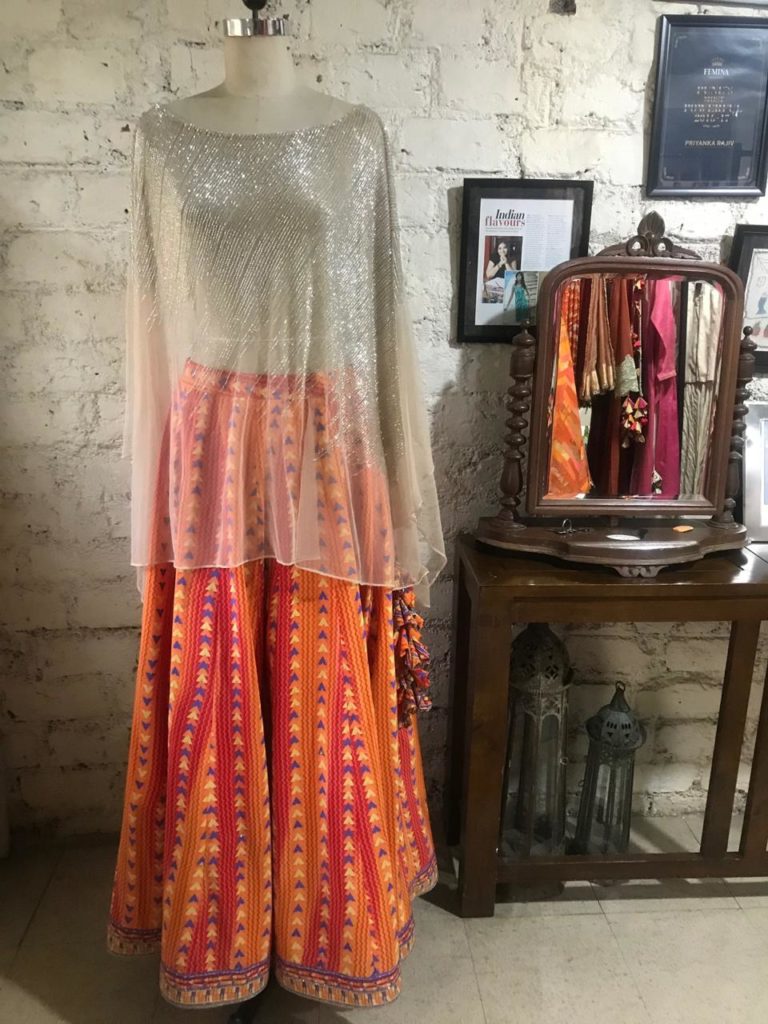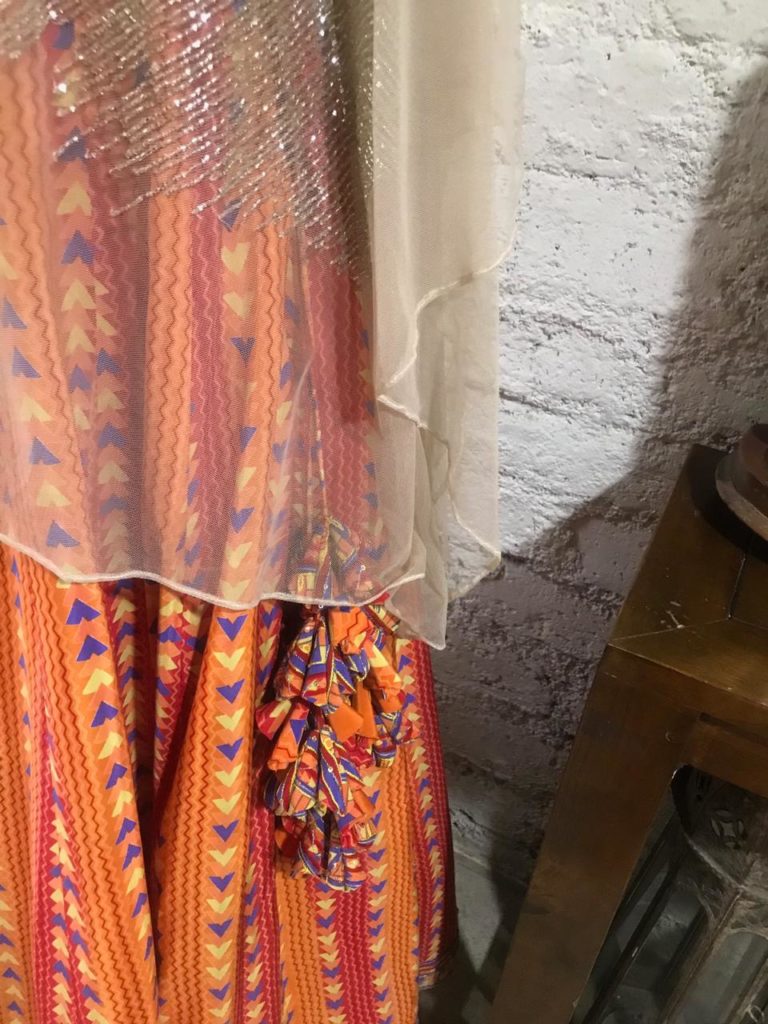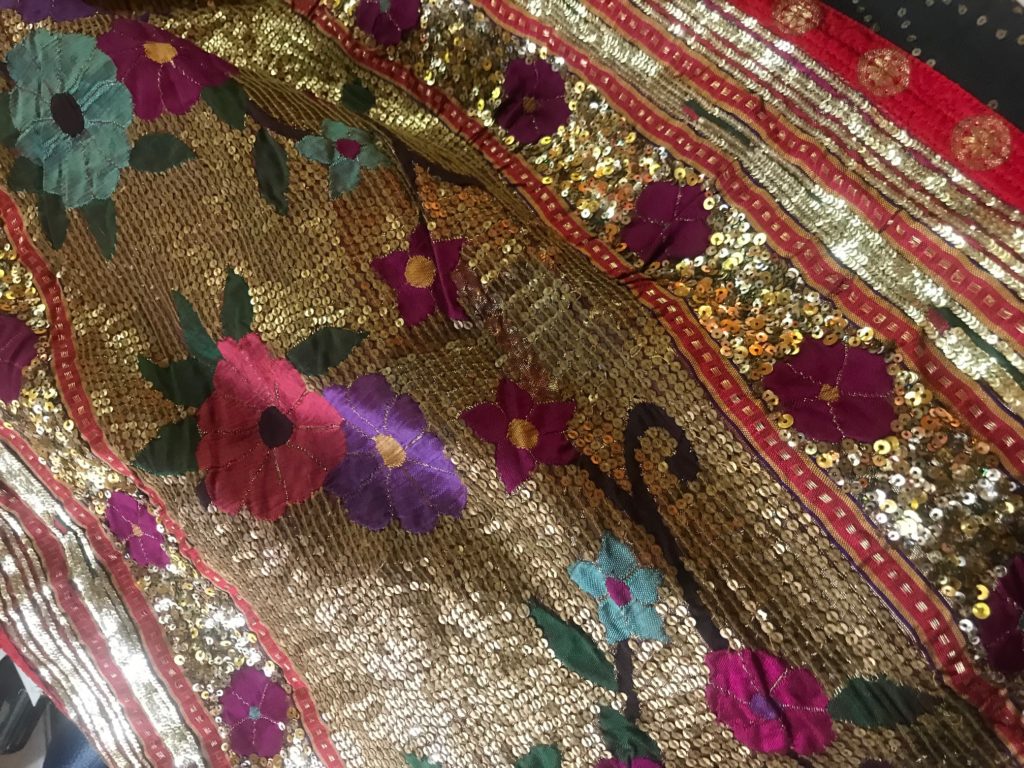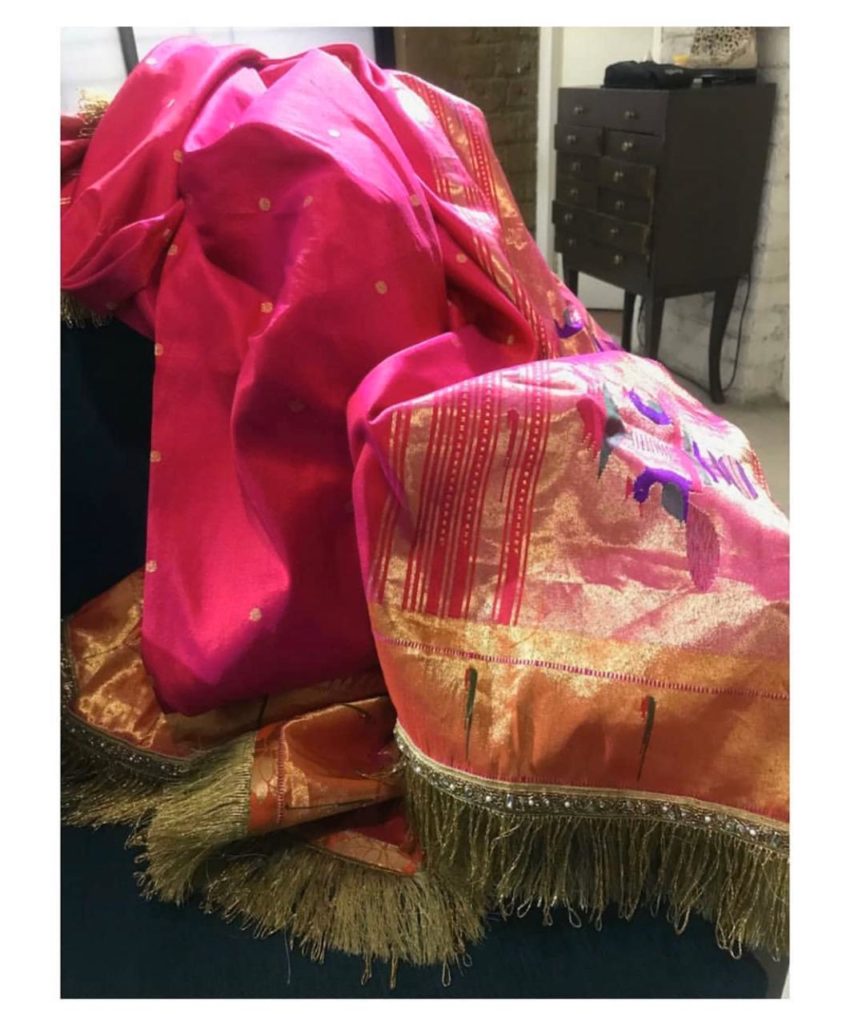Emerging from a world of trending
hashtags, these 5 unconventional stylists are redefining the way we’re looking
at fashion, especially in a post-pandemic era.
Beyond the glamour and elegance of celebrity-styling, their perspective focuses on the changing curve of the industry, towards authenticity and the raw essence of fabric.
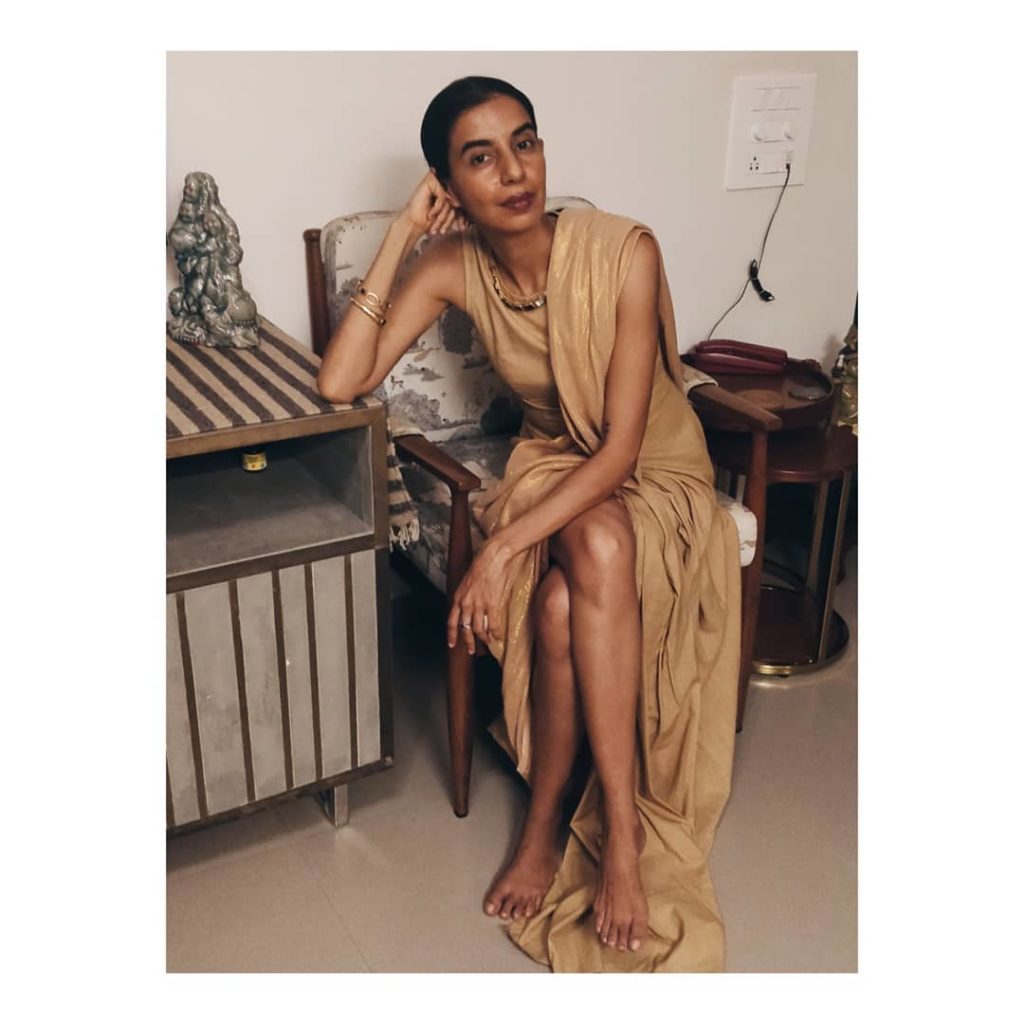
Ekta Rajani, a freelance creative consultant is revisiting the memory lane to glean eco-conscious lifestyle tips and tricks, while staying true to character and opening a canvas for sustainable fabrics to paint a story within the fashion frame. Inspiring mindfulness in everyday life, she inspires a creative outlook towards going 100% sustainable.
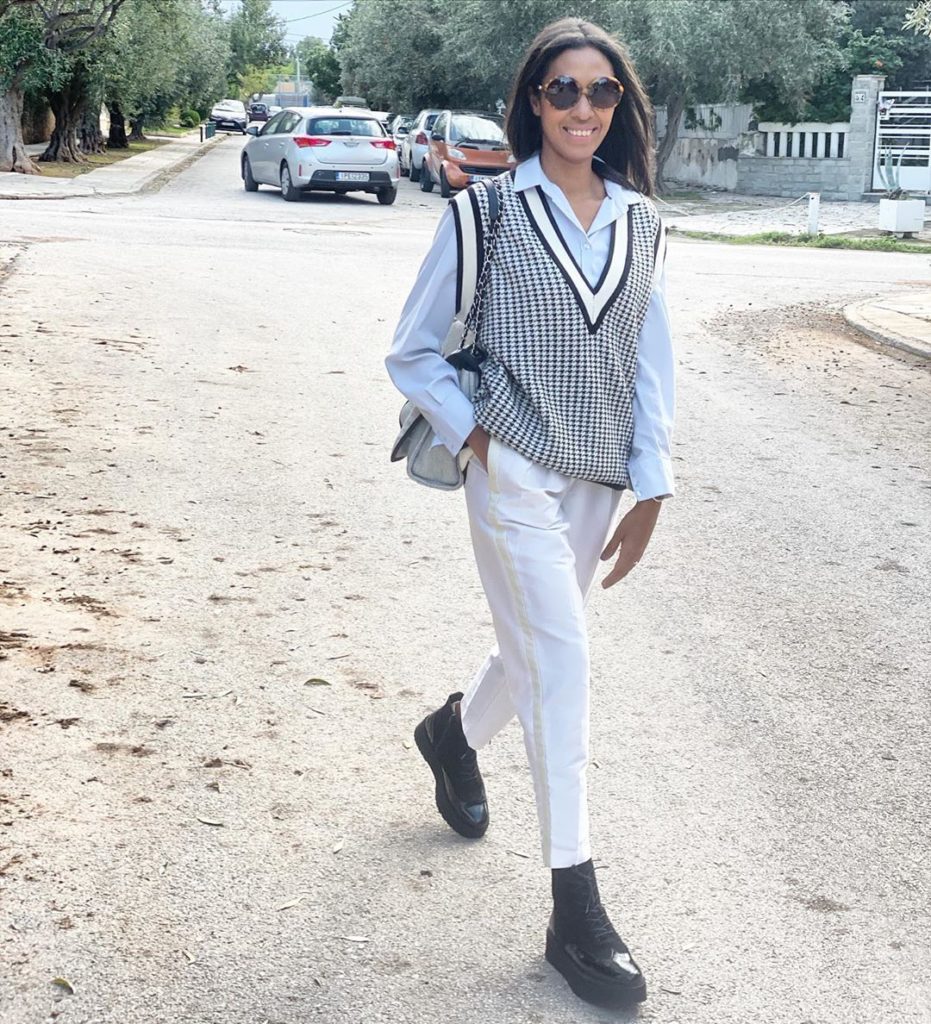
Anushka Sharma looks comfortable in her skin thanks to the precise balance that Allia Ul Rafai puts into styling. Choosing the right fabric and molding the look to reflect the self is an art that she has practiced for long, bringing character into each outfit with an innate sense of confidence. Style is not imitation, but rather a reflection of who we are inside.

Similarly, the flow of a garment dictates the way a look comes across on camera. Who can understand this better than Devki, styling Taapsee Pannu with an insight into the chic-urban scene while being aware of the energy that she portrays. The crisp minimalism complements the bubbly flair nature in each look. This insight develops into each outfit looking tailored to fit not just her form but also her mood.
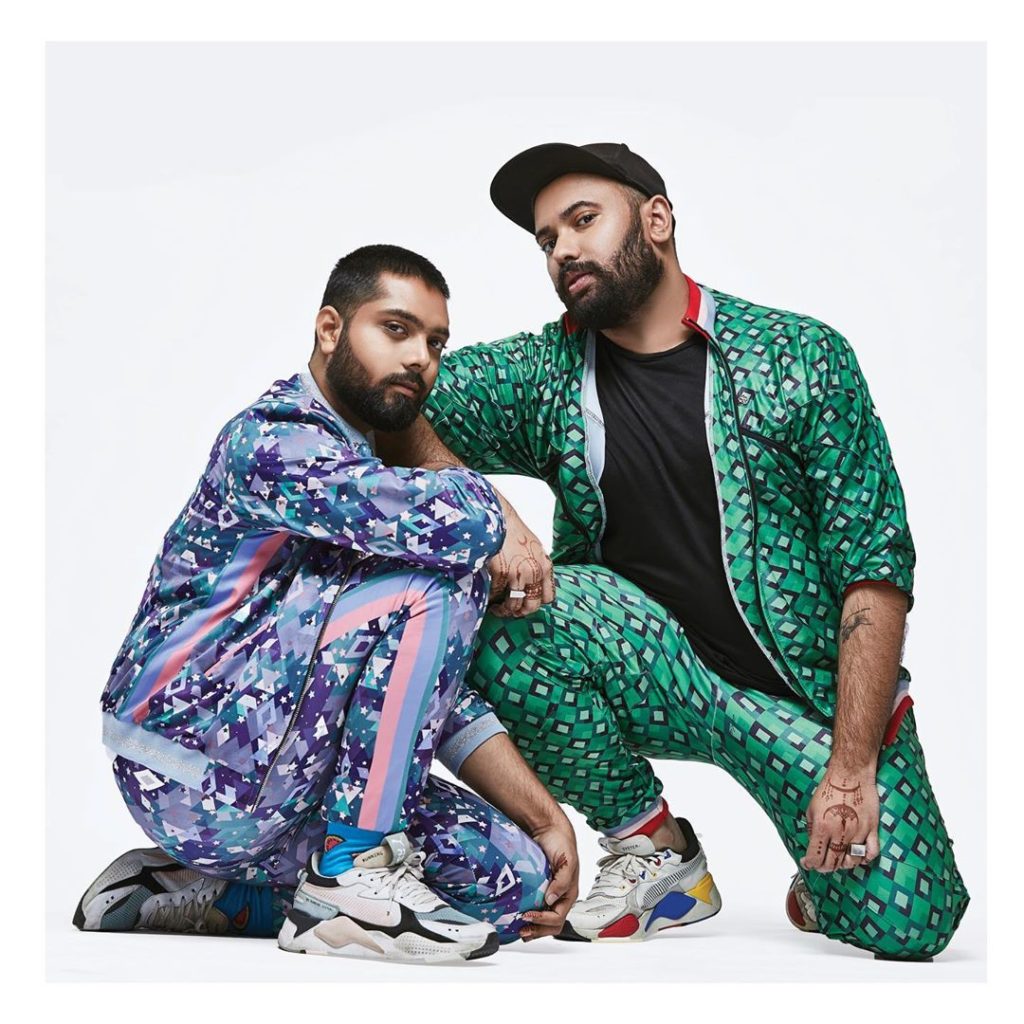
This vibe harkens to return to Indian roots with ‘Who Wore What When’ by Pranay Jaitly and Shounak Amonkar. An Indo-modern touch to each silhouette makes their styling unique in its taste and framing. Tradition flows easily within the threads looping an urban silhouette while the continual feminity is punctuated by effortless undertones of liberty.
This understanding stems from conscious sensibilities that call to the unveiling of a façade in which the industry has been wrapped, instead, manifesting a raw aesthetic that reveals the truth behind the look rather than carpeting it. As we step into a sustainable era, these stylists remind us that it’s equally important to be true to our roots and to enhance the sense of self for a more authentic world to thrive on-screen.
